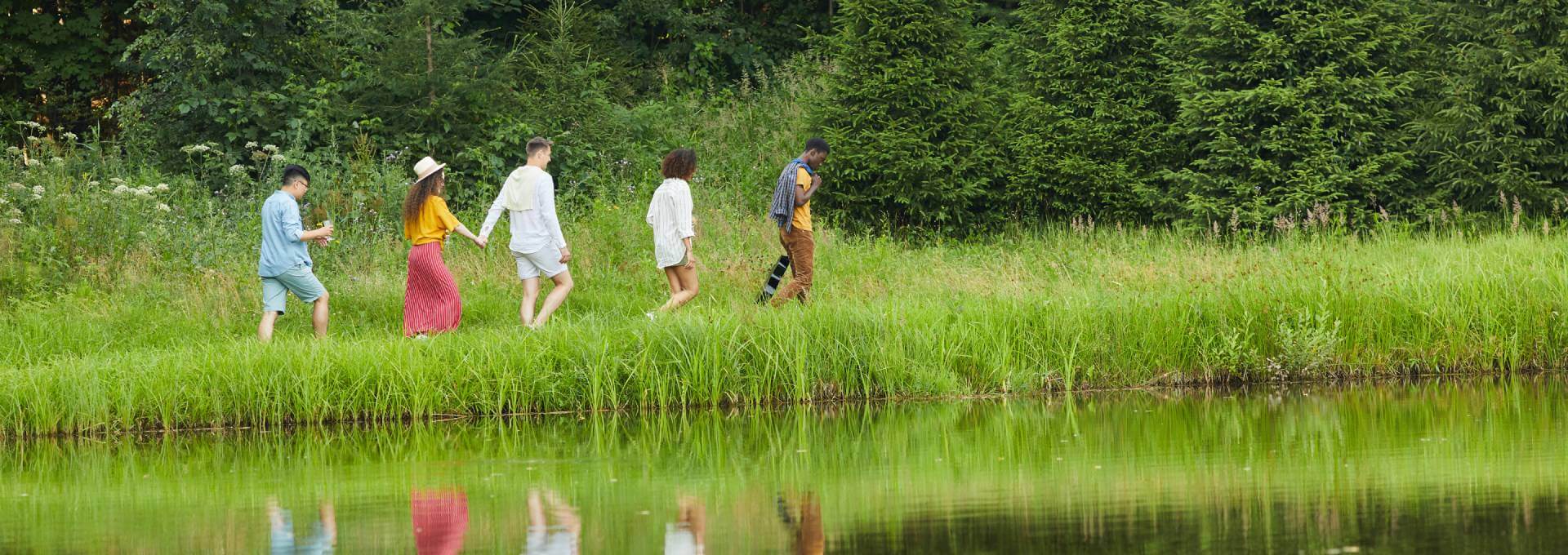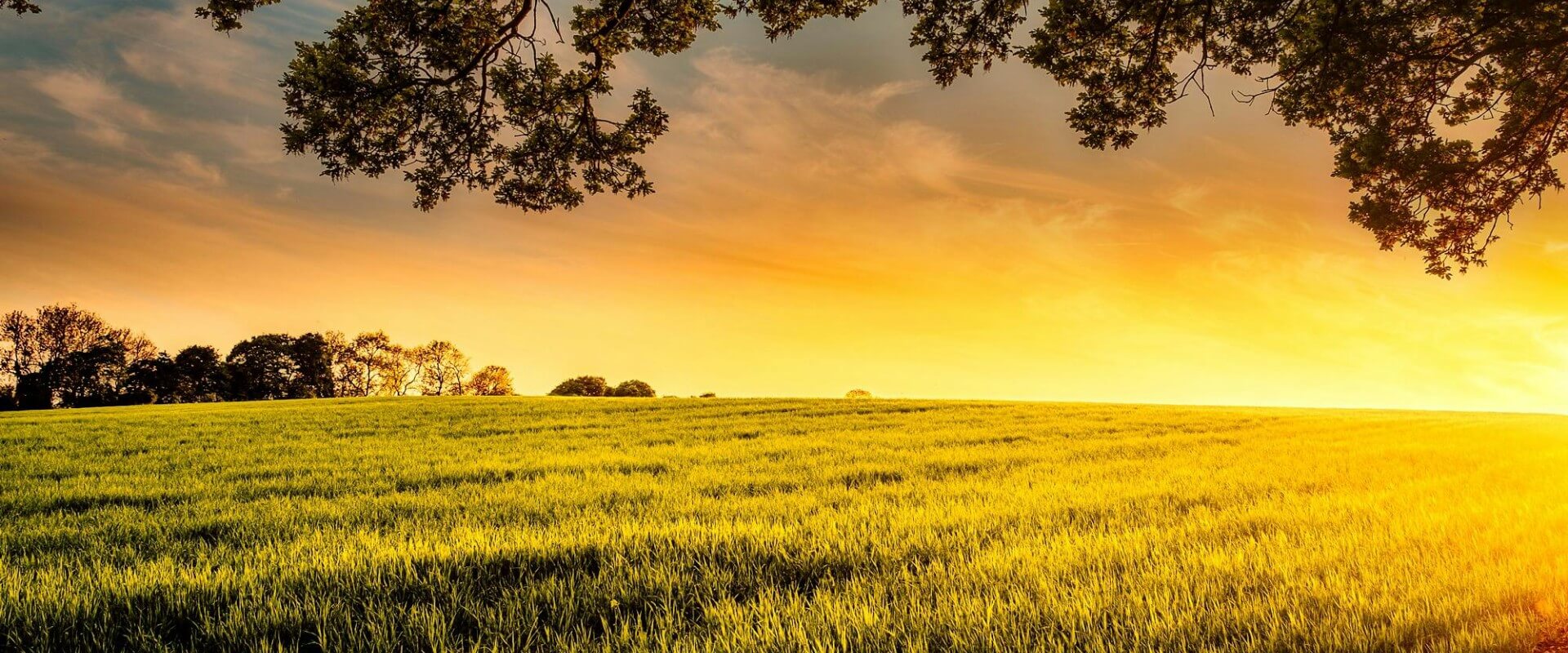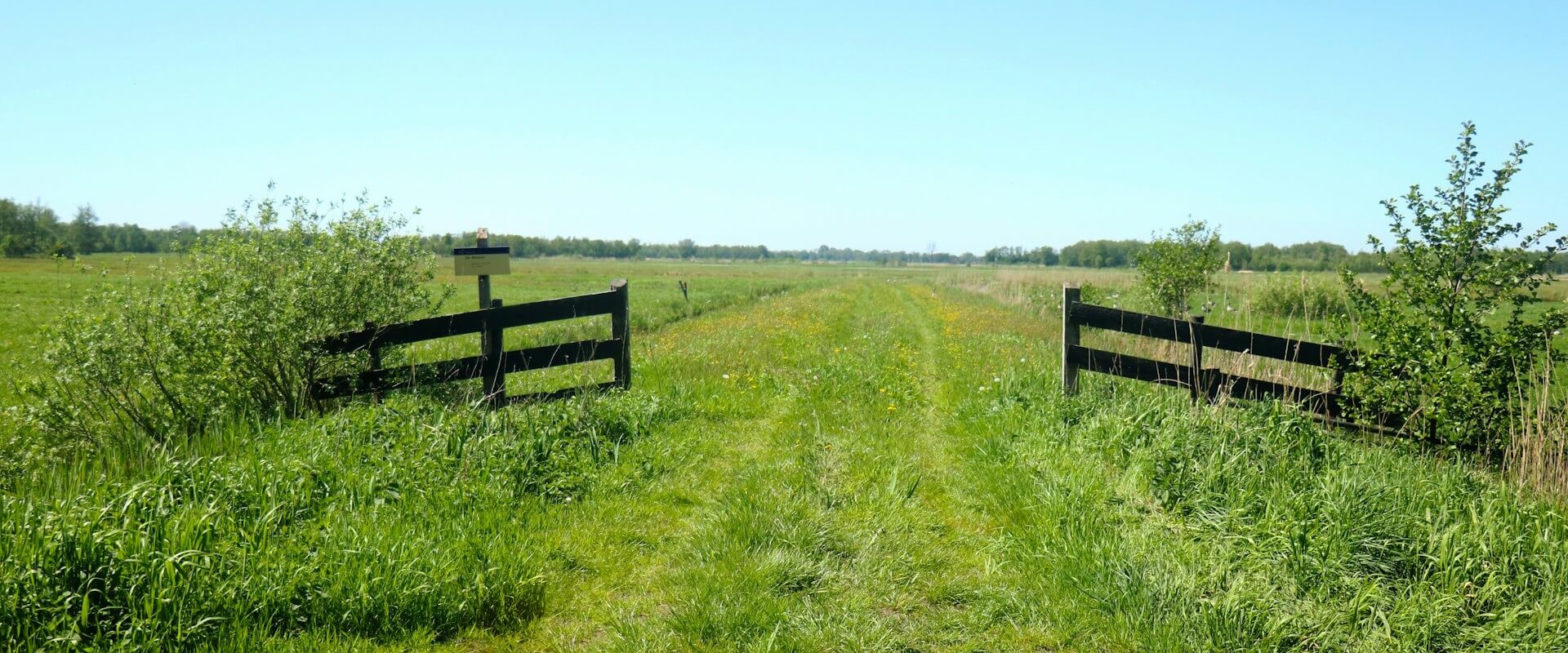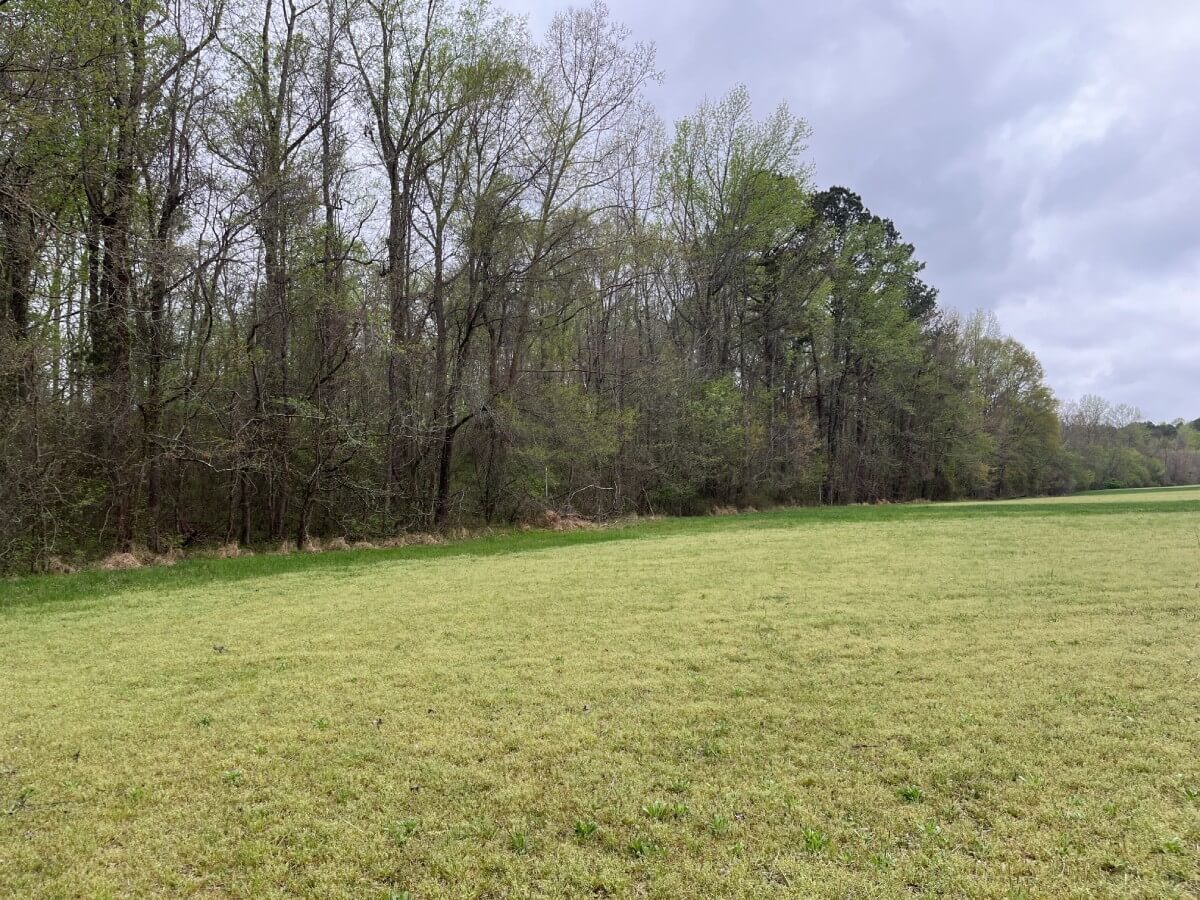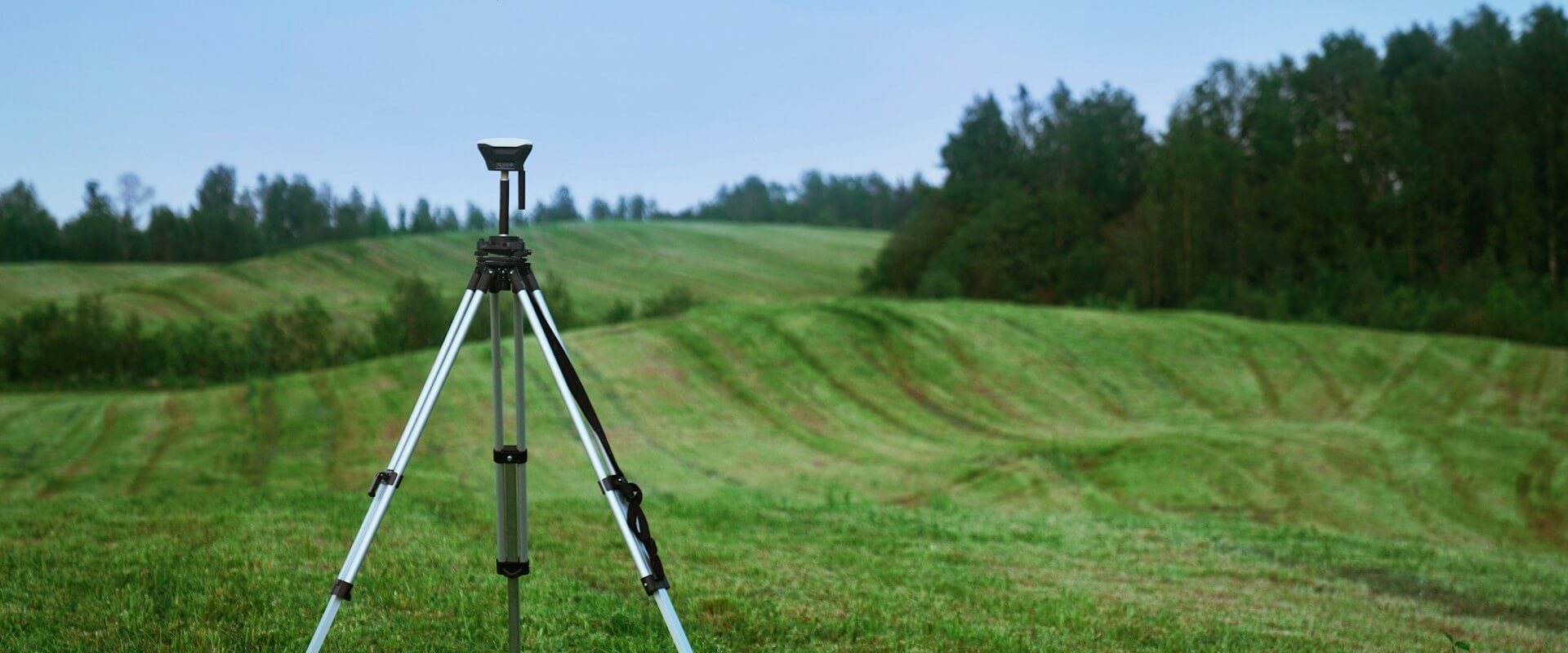While the benefits of being outdoors–such as soaking up vitamin D, boosting your mood, and getting more exercise–has always been emphasized, the COVID-19 pandemic further highlighted the need for recreational activities and social interaction. According to the U.S. Census Bureau, an additional 7.1 million people participated in outdoor activities in 2020 than in 2019, while other sources cited an additional 20% increase in people engaging in outdoor activities.
Outdoor recreation can be used as an umbrella term for a wide range of activities, including walking, biking, running, camping, hunting, and general exploration outside. Researchers have been interested in the effects of outdoor recreation on human health since the 1800s. While many people self-report feeling better after spending time outside, is there any evidence that supports positive health outcomes?
HEALTH BENEFITS OF OUTDOOR ACTIVITIES
Physical Health Benefits
Spending time in greenspaces (like parks or forests) and bluespaces (areas near water such as lakes, oceans, or rivers) has been proven to offer a range of health benefits. Research shows that being in these natural environments can significantly lower stress levels, as indicated by reduced cortisol in saliva, and lead to healthier heart function by decreasing heart rate and blood pressure.
There's also a link between outdoor activities and a lower risk of various health conditions, including preterm birth, type II diabetes, arthritis, and even a reduced risk of death from any cause. People who spend more time outdoors often report feeling healthier overall. Additionally, exposure to nature has been associated with a reduced incidence of stroke, high blood pressure, and asthma. The National Caucus of Environmental Law (NCEL) adds that outdoor recreation can improve immune function, reduce the risk of vision loss, and enhance sleep quality.
Mental Health Benefits
When it comes to mental health, the benefits of spending time outside are equally compelling. Studies have found that individuals living in greener neighborhoods are 51% less likely to develop depression. Being outdoors has been linked to reduced stress, lower feelings of anger, and decreased symptoms of ADHD, PTSD, depression, and anxiety.
Urban living, while convenient, presents a unique challenge: residents in cities have a 20% higher risk of anxiety and a 40% higher risk of other mood disorders, such as depression and bipolar disorder, compared to those living in rural areas. One fascinating study found that a simple walk in a green environment, as opposed to an urban setting, led to decreased brain activity associated with depression, along with lower levels of anxiety and rumination—repetitive negative thinking about problems and their causes.
Mental Health Benefits
Interestingly, greenspaces with more biodiversity—meaning a greater variety of plants and animals—offer even greater psychological benefits. This suggests that urban parks may want to consider focusing on creating more complex ecosystems to help enhance human well-being. In addition to biodiversity having positive psychological effects, activities like gardening, exercising outside, and nature-based therapy have been shown to effectively improve mood and reduce anxiety.
A survey of youth aged 10-18 across the U.S. revealed that outdoor activities improved their overall well-being, regardless of their demographic background. While there's evidence that outdoor recreation can improve cognition and brain function, more research is needed to fully understand this positive relationship.
Our health is deeply connected to the natural world around us. By recognizing this connection, we can better appreciate the importance of protecting our environment—not just for the health of the planet but for our own well-being too. As we support and preserve our ecosystems, we're also nurturing our health, ensuring that future generations can continue to enjoy and benefit from the natural world.
IMPROVING OUTDOOR ACCESS THROUGH PARTNERSHIPS
Collaborative Conservation with Municipality Support
While the health benefits of outdoor recreation are clear, they also extend beyond individual health. Parks and greenspaces have been shown to reduce crime in urban areas. Greenspaces in urban areas provide safe, communal areas that encourage social interaction and community engagement. While the public is encouraged to enjoy and pursue these benefits, it requires more than just the presence of nature. Outdoor recreation relies on accessible, well-maintained spaces that invite people to get outside and take advantage of all the benefits the outdoors has to offer.
Municipality support can be vital in the creation and maintenance of these spaces. Local governments are responsible for developing the infrastructure needed for outdoor recreation, such as parks, bike paths, and playgrounds. They ensure these areas are clean, safe, and inviting to all community members. By investing in greenspaces, municipalities bridge the gap in access and ensure that outdoor recreation opportunities are available to everyone, regardless of their background or where they live.
Local Spotlight: Massey Chapel Nature Park
A prime example of such collaboration is a Unique Places to Save project called the Massey Chapel Nature Park located in Durham, NC. This project exemplifies how diverse stakeholders can work together to preserve and enhance local greenspaces. By collaborating with the Carlton family, local landowners, local municipalities, and non-profit groups, Unique Places to Save is helping to conserve a 20-acre section of the American Tobacco Trail, surrounding forest, streams, and wetlands.
This site is historically significant as it was originally purchased by an emancipated enslaved person and has been passed down through generations. The preservation of the property will offer a unique blend of historic and natural conservation. The concept for the park includes one mile of new natural surface trails and additional potential improvements such as benches, signage, off-street parking, and picnic shelter. This effort is not only working to protect the surrounding ecosystem, but to provide a natural retreat in a densely developed area and increase access to the benefits of outdoor recreation.
Funding for this project was provided by a $797,870 grant from the North Carolina Land and Water Fund (NCLWF). NCLWF was established in 1996 and awards grants to protect land for natural, historical, and cultural benefit, limit encroachment on military installations, restore degraded streams, reduce flooding, and develop and improve stormwater treatment technology.
Organizations like Unique Places to Save work alongside municipalities to expand and protect our greenspaces. Through collaboration, we can boost accessibility and the quality of areas for outdoor recreation, and ensure they remain a shared community asset. These partnerships enable more effective conservation efforts, and overall provide more access to all the health benefits of being outside.
About the Author
With dual Master’s degrees in Public Health and Business Administration, Mandi has successfully secured federal grants and managed significant projects that enhance environmental and community well-being. She leverages her diverse background to contribute to sustainable conservation efforts that protect vital ecosystems.
Learn More
